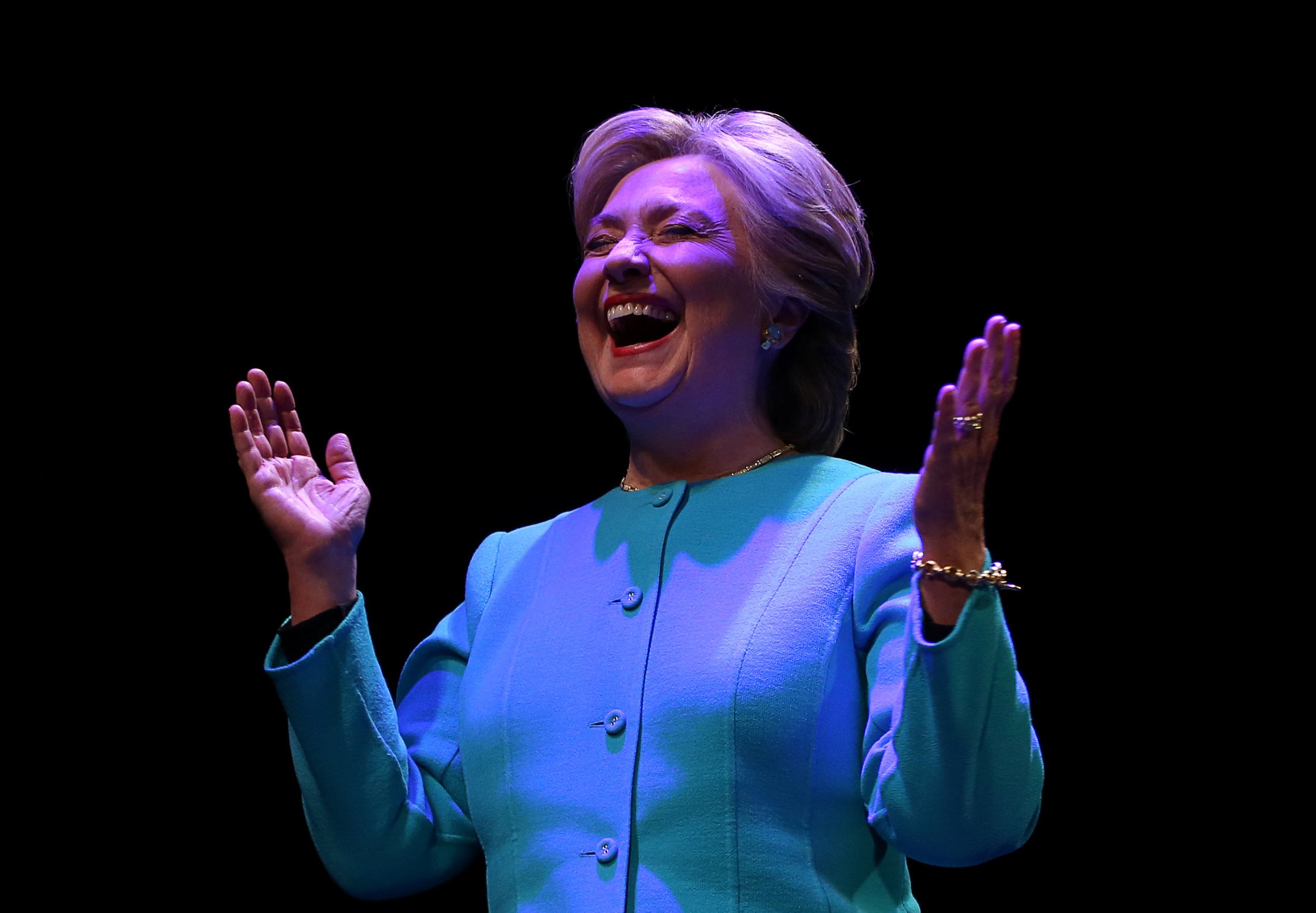The Independent's journalism is supported by our readers. When you purchase through links on our site, we may earn commission.
Want to know who will win the US election? Ignore the polls and follow the money
In 2012, Las Vegas billionaire Sheldon Adelson donated approximately $150m to help defeat President Obama. As of September 2016, Adelson has donated less than $500k to Donald Trump’s campaign

Many voters look to the Presidential debates and polls for clues as to what might happen on Election Day, but over the past decade, public polling has been consistently wrong in predicting election outcomes.
Two final polls undertaken by Gallup and Rasmussen shortly before the 2012 presidential election both showed Mitt Romney winning. One only needs to look to this year’s Brexit polling to see how flawed these results can be.
Nevertheless, media agencies love polling data because it presents a good story for viewers, regardless of how accurate they might be. There is a much more accurate and age-old measure for examining elections though: follow the money.
In 2012, both Barack Obama and Mitt Romney raised comparable funds for their campaigns, $1.14 billion and $1.25 billion respectively.

Obama’s campaign significantly outraised Romney, $721.3m to $449.5m, but Party and Super-PAC money (independent political committees that support a candidate with unlimited, often anonymous individuals, companies and unions) redressed this deficit, with Romney raising $804.7m to Obama’s $423.5m.
Although there are still a few weeks to go until Election Day - and a lot of money to be raised and spent in that time - a very interesting picture has already emerged about the 2016 presidential election.
As of the 21 September, Clinton’s campaign has raised a total of $516.7m, which includes $143.5 in Party and Super-PAC money. Trump’s campaign on the other hand has raised just $205.9m, which includes just $40m in Party and Super-PAC money.
Candidate fundraising is not as good a great barometer when trying to look at the election outcome, simply because Trump does not need to raise as much money as Clinton. Trump is the beneficiary of what we call ‘free media’. He only has to open his mouth, or send a tweet, and the chances are very high that it will make the news, and be recycled across the networks and online. It is free advertising for his campaign. On the other hand, Clinton is less newsworthy simply because she is less entertaining.
A better assessment of the election though is in non-candidate fundraising. Whilst it is down on both sides, Republican donations are down 95 per cent on 2012!
According to Bloomberg, the top four Super-PACs supporting each candidate have brought in $152.7m for Clinton, and $16.4m for Trump. So where are all the Republican donors?
Perhaps the best example to look to is Las Vegas billionaire Sheldon Adelson. In 2012, Adelson donated approximately $150m to help defeat President Obama. As of September 2016, Adelson has donated less than $500k to Donald Trump’s campaign.
Why is this important?
People generally donate money to political campaigns in the hope that their favoured candidates or parties will win. In 2016, traditional Republican donors are not financially supporting their party’s presidential nominee, perhaps because they don’t think he can win, and therefore don’t wish to throw good money after bad.
One of the early appeals of Trump’s campaign was his perceived ability to self-fund and not rely on fundraising. Although he has contributed approximately $50m to his campaign, he has not donated the money he said he would, or that is needed to self-fund a presidential campaign. For example, in 1992, Texan billionaire Ross Perot spent approx. $60m of his own money to finish third in the election (which equates to $103m in today’s dollars). To put it more simply, 25 years ago, Perot spent more money than Trump has now, to finish in third place.
Money is not only used to fund advertising, but also to pay for campaign operations. Up until the end of August, Clinton had more than three times the number of field offices across fifteen battleground states than her opponent. Unfortunately for Trump, almost all of the staff in these offices were being paid by the Republican National Committee, who on 8 October announced that it was no longer supporting his campaign. This essentially means that Trump’s field operations now essentially dwindle to zero.
Despite the presidential contest monopolising much of the focus, the entire US House of Representatives, one-third of the US Senate, and approximately one-quarter of all state legislatures are also up for election this year. The Republican Party is cutting their losses with Trump and redirecting their resources where they have the best chance at winning. Trump’s own party is essentially signalling that they do not believe he has even a remote chance at winning, so they are instead concentrating their efforts on holding their majorities in Congress.
The only polls to watch are candidate balance sheets, and whether people are actually donating money. It is clear that the financial backers have spoken, and it does not bode at all well for Trump.
Bryan Cranston is an online lecturer in politics, and PhD candidate at Swinburne University, Australia
Join our commenting forum
Join thought-provoking conversations, follow other Independent readers and see their replies
Comments
Bookmark popover
Removed from bookmarks